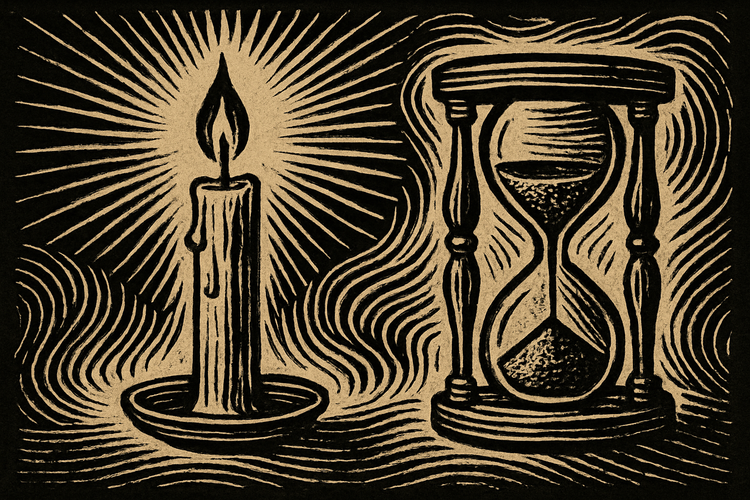The Good Place S3E9 "Janet(s)"

Spoiler Warning: This reflection contains full spoilers for The Good Place, including retrospective insights and thematic allusions. It assumes familiarity with the entire series and is written from the perspective of a rewatch.
Many Janets, Many Selves
When the gang steps into Janet’s void and instantly takes on her form, The Good Place turns a sight gag into a thought experiment. Every face is Janet’s, every gesture filtered through D’Arcy Carden’s unflappable manner, yet the people beneath remain themselves — or do they? The episode treats this absurd transformation as an invitation to ask what makes a person them: the body they inhabit, the memories they carry, the patterns of thought that persist even when the surface changes. It’s a surreal kind of mirror, one that reflects both sameness and difference at once.
Performance as Philosophy
Part of what makes the concept work is D’Arcy Carden’s performance. She doesn’t just copy the others’ voices and mannerisms; she channels the particular rhythm, posture, and emotional temperature that make each of them distinct. Chidi’s overthought hesitations, Eleanor’s sly sharpness, Jason’s loose-limbed enthusiasm — all of it comes through, even in the same face and uniform. It’s a sly reminder that identity isn’t just an internal construct or a set of memories; it’s something we project into the world, something others can recognize even when the packaging changes entirely.
Locke, Parfit, Hume — and the Void
The void becomes an impromptu seminar on the self, with Chidi pulling from three centuries of debate. Locke grounds identity in memory — if you can recall your past experiences, you are the same person who lived them. Parfit complicates that with his idea of psychological connectedness: the self is a network of overlapping mental states, and there may be no “deep further fact” beyond that web. Hume goes further still, suggesting the self is nothing more than a bundle of perceptions, forever in flux. In a space where bodies have changed but personalities persist, each theory gets a trial run, the characters themselves becoming case studies in the slipperiness of “me.”
Identity, Morality, and the Scoreboard
The questions raised in the void sharpen when Michael learns from the Accountant that no human has reached the Good Place in 521 years. If the system has been misjudging goodness for half a millennium, what does that say about the stability of its definitions — or its ability to account for the complexity of a person? Locke, Parfit, and Hume grapple with the fragility of identity; here, the show suggests morality is just as fragile, just as contingent on shifting connections and imperfect records. If the self can’t be pinned down with certainty, perhaps goodness can’t either — and any system pretending otherwise is bound to fail.
Twenty-One Minutes in the Void
By the time they finally arrive at the Good Place, the destination feels less like an answer than a new set of questions. The episode’s title might point to Janet, but its real subject is the instability of the concepts we build our lives on — the self, moral worth, even paradise itself. In a single, absurd twenty-one minutes where everyone wears the same face, The Good Place manages to suggest that who we are, and what we deserve, may be more fluid and uncertain than we’d ever want to admit.



Comments ()